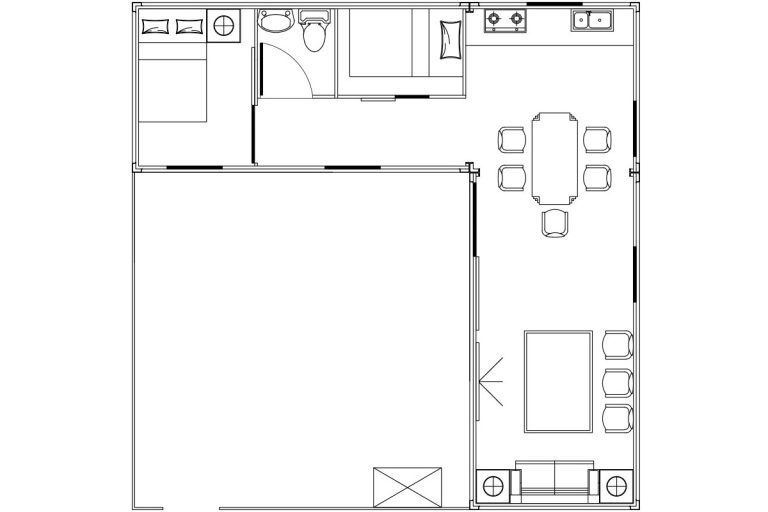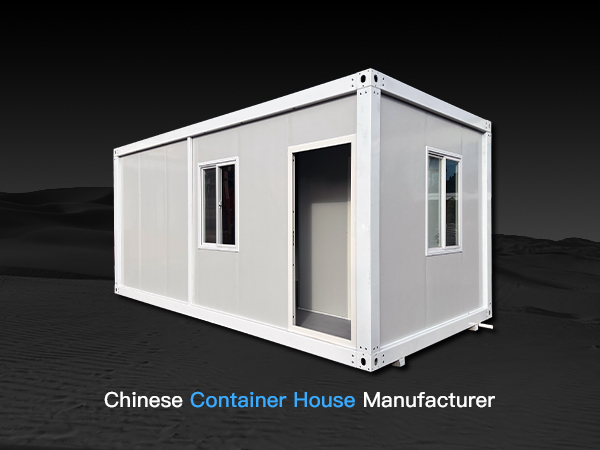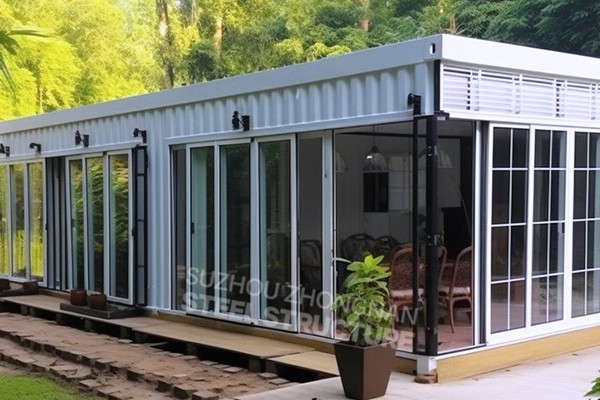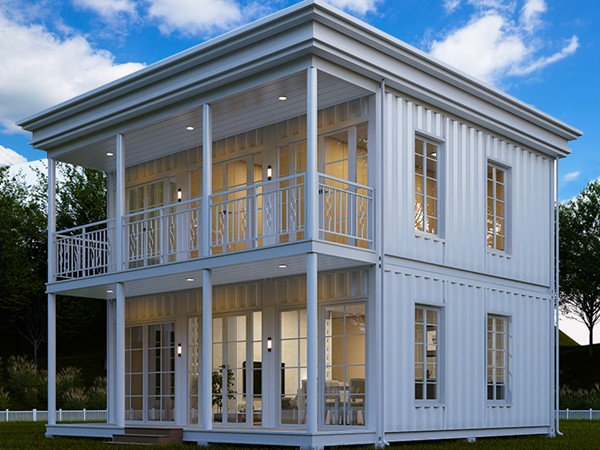container sizes for homes
Container homes have long been hailed as a cost-effective and eco-friendly housing solution. As the trend gains traction, understanding the various container sizes for homes becomes crucial in maximizing the potential of this versatile form of housing. This guide delves into sizes, benefits, real-world applications, and professional insights, making it an essential read for those contemplating a venture into container living.
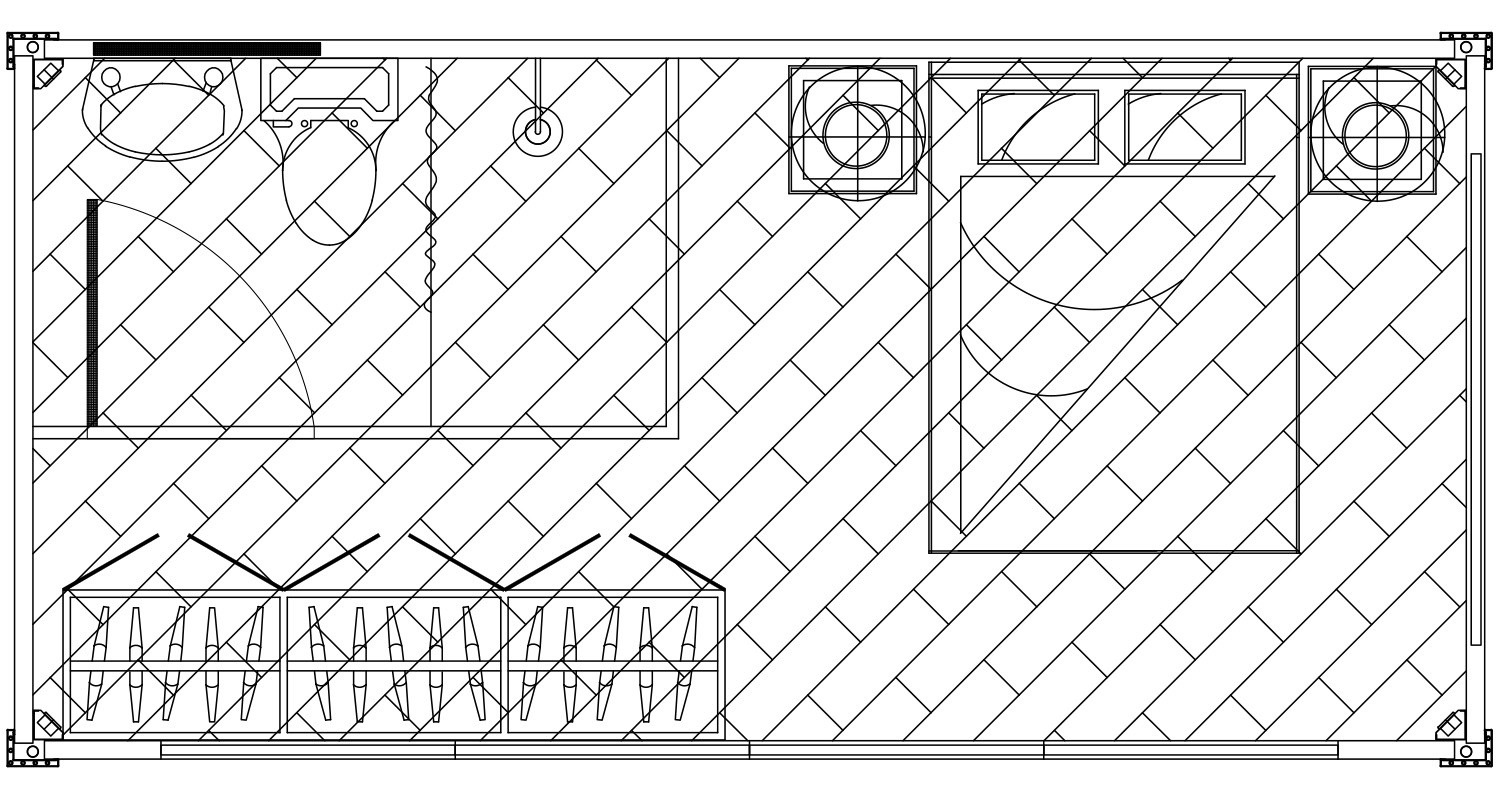
Shipping containers, primarily used for transportation, come in standardized sizes, simplifying their use for construction purposes. The most common container sizes are 20 feet and 40 feet in length, both with a width of 8 feet and height of 8.5 feet. There are extra-high containers, known as High Cubes, which offer an additional foot in height, providing more interior space. These various dimensions allow for creative and customizable home designs, accommodating different needs ranging from single units to multi-container homes.
Each container size has unique advantages. The 20-foot container is compact yet practical, ideal for small spaces or additional functions like studios or offices. Its size allows for easier transportation and maneuverability, making it a popular choice for challenging build sites. Conversely, the 40-foot option boasts double the length of living space, perfect for larger dwellings or expansive interior designs. High Cube containers, with their increased height, offer more headroom, making them suitable for taller individuals or extra ceiling storage.
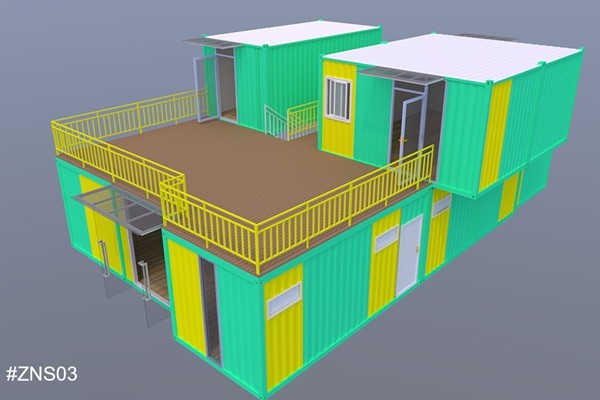
Real-world applications of container sizes are vast. A single large container can serve as a compact, standalone tiny home, offering everything needed for minimalistic living. Conversely, by combining multiple containers and sizes, one can create sprawling houses with intricate architectural designs. Seamlessly stacking or arranging containers allows for multi-story homes, rich in both style and function. In urban settings, the use of containers shines through in affordable apartment complexes, addressing housing shortages with rapid construction.container sizes for homes
From the perspective of professionalism and expertise, the transformation of containers into homes requires a strategic approach. It's essential to collaborate with architects and builders experienced in container construction. Although containers provide a robust framework, modifications such as insulation, windows, and electrical systems need expert handling to ensure safety and livability. Furthermore, considering factors like local building regulations and zoning laws is crucial, as they significantly impact the feasibility of container-based projects.
Trustworthiness in the container home industry is built upon adherence to quality standards and sustainable practices. Opting for containers that are structurally sound and devoid of harmful chemicals is imperative. Thorough inspections and certifications from reputable dealers assure buyers of safety and longevity. In addition, promoting eco-friendly solutions, such as solar panels and rainwater harvesting systems, enhances the appeal and credibility of container homes.
For potential buyers and builders, embracing container sizes for homes translates into endless possibilities. These structures not only challenge conventional housing norms but also champion sustainability and innovation. As the landscape of housing continues to evolve, container sizes offer a flexible and dynamic approach to modern living, one that is increasingly pertinent in today's eco-conscious and cost-sensitive world.
In conclusion, understanding container sizes and their applications is foundational to utilizing them effectively for residential purposes. This knowledge, combined with professional guidance and sustainable practices, positions container homes as a compelling alternative in the housing market. Whether seeking a minimalist retreat or an elaborate abode, container homes present an exciting frontier in architectural design and urban development.

